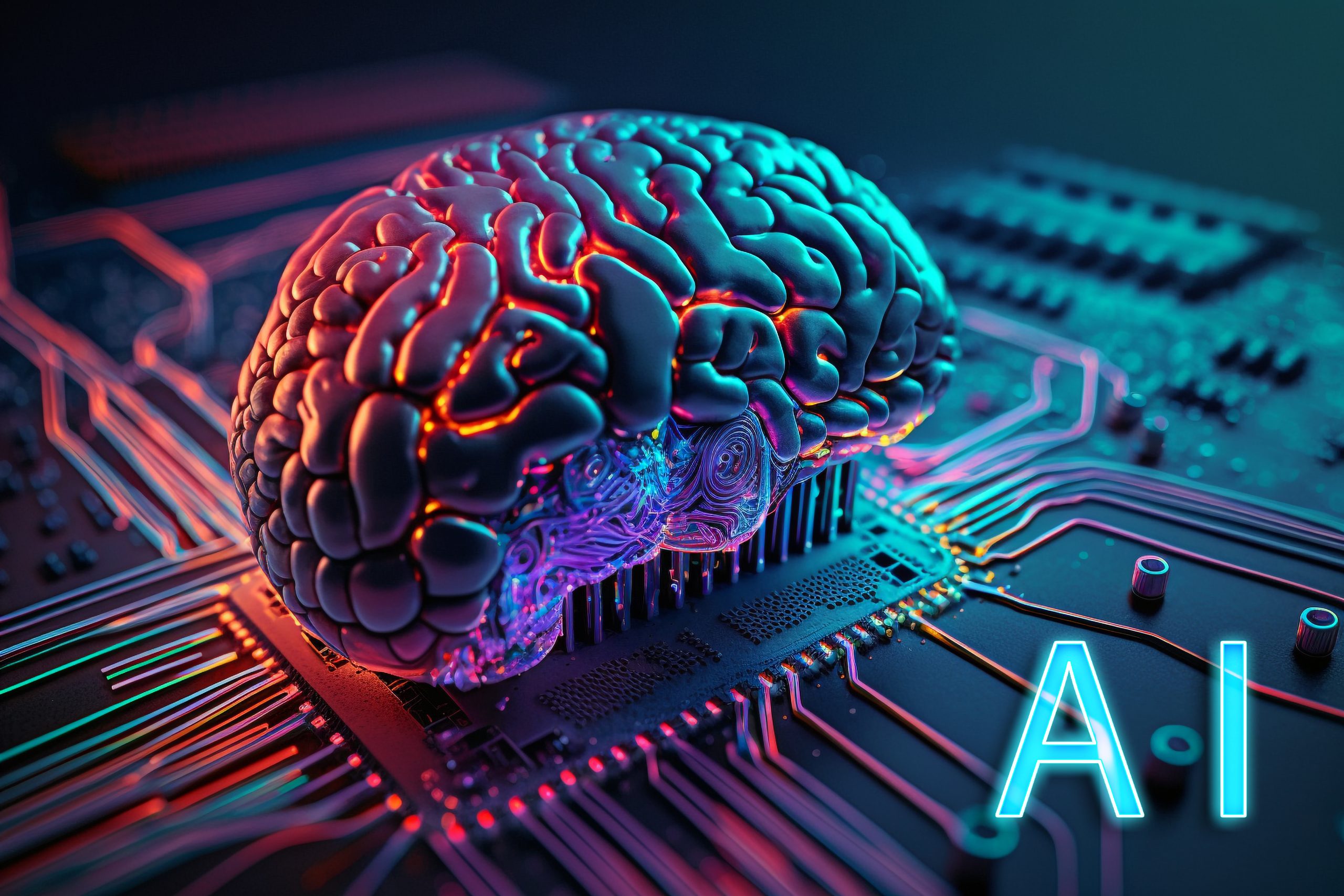Note4Students
From UPSC perspective, the following things are important :
Prelims level: large language models
Mains level: greater socialization of AI policy

Central idea
The central idea is that in 2023, the AI landscape saw significant growth and investment, particularly in large language models. However, the industry’s emphasis on speculative threats, termed “doomwashing,” overshadowed concrete harms, leading to calls for greater democratic involvement in shaping AI policy for a balanced and ethical approach in the future.
Key Highlights:
- AI Impact: AI, especially large language models (LLMs), had a significant impact on social and economic relations in 2023.
- Investments: Microsoft invested $10 billion in OpenAI, and Google introduced its chatbot, Bard, contributing to the AI hype.
- Industry Growth: NVIDIA reached a trillion-dollar market cap due to increased demand for AI-related hardware.
- Platform Offerings: Amazon introduced Bedrock, while Google and Microsoft enhanced their services with generative models.
Key Challenges:
- AI Dangers: Concerns about the dangers of LLMs and publicly deployed AI systems emerged, but the specific perils were contested.
- AI Safety Letter: Over 2,900 experts signed a letter calling for a halt on powerful AI systems, focusing on speculative existential threats rather than concrete harms.
- Doomwashing: The industry’s newfound caution led to “doomwashing,” emphasizing self-regulation and downplaying the need for external oversight.
Key Terms:
- LLMs: Large Language Models.
- AGI: Artificial General Intelligence.
- Doomwashing: Emphasizing AI dangers without addressing concrete issues for self-regulation purposes.
- Ethicswashing: Using ethical claims to deflect from underlying issues.
Key Phrases:
- Political Economy of AI: The impact of AI on data privacy, labor conditions, and democratic processes.
- AI Panic: Inflating the importance of industry, reinforcing the idea that AI is too complex for government regulation.
Key Quotes:
- “The danger of AI was portrayed as a mystical future variant, ignoring concrete harms for an industry-centric worldview.”
- “Doomwashing, akin to ethicswashing, plagued AI policy discussions, emphasizing self-regulation by industry leaders.”
Key Statements:
- The AI safety letter focused on speculative threats, neglecting the immediate political-economic implications of AI deployment.
- Industry leaders embraced caution, promoting self-regulation through doomwashing, sidelining government intervention.
Key Examples and References:
- Microsoft’s $10 billion investment in OpenAI.
- NVIDIA’s trillion-dollar market cap due to increased demand for AI-related hardware.
- Amazon’s introduction of Bedrock and Google’s enhancement of its search engine with generative models.
Key Facts:
- In July, the US government persuaded major AI companies to follow “voluntary rules” for product safety.
- The EU passed the AI Act in December, becoming the only AI-specific law globally.
Critical Analysis:
- The AI safety letter focused on speculative threats, diverting attention from concrete harms and the political-economic implications of AI.
- Doomwashing reinforced the industry-centric narrative, diminishing the role of government regulation.
Way Forward:
- Advocate for greater socialization of AI policy, involving democratic voices in shaping regulations.
- Address concrete harms of AI deployment, ensuring a balance between innovation and ethical considerations.
Get an IAS/IPS ranker as your 1: 1 personal mentor for UPSC 2024

